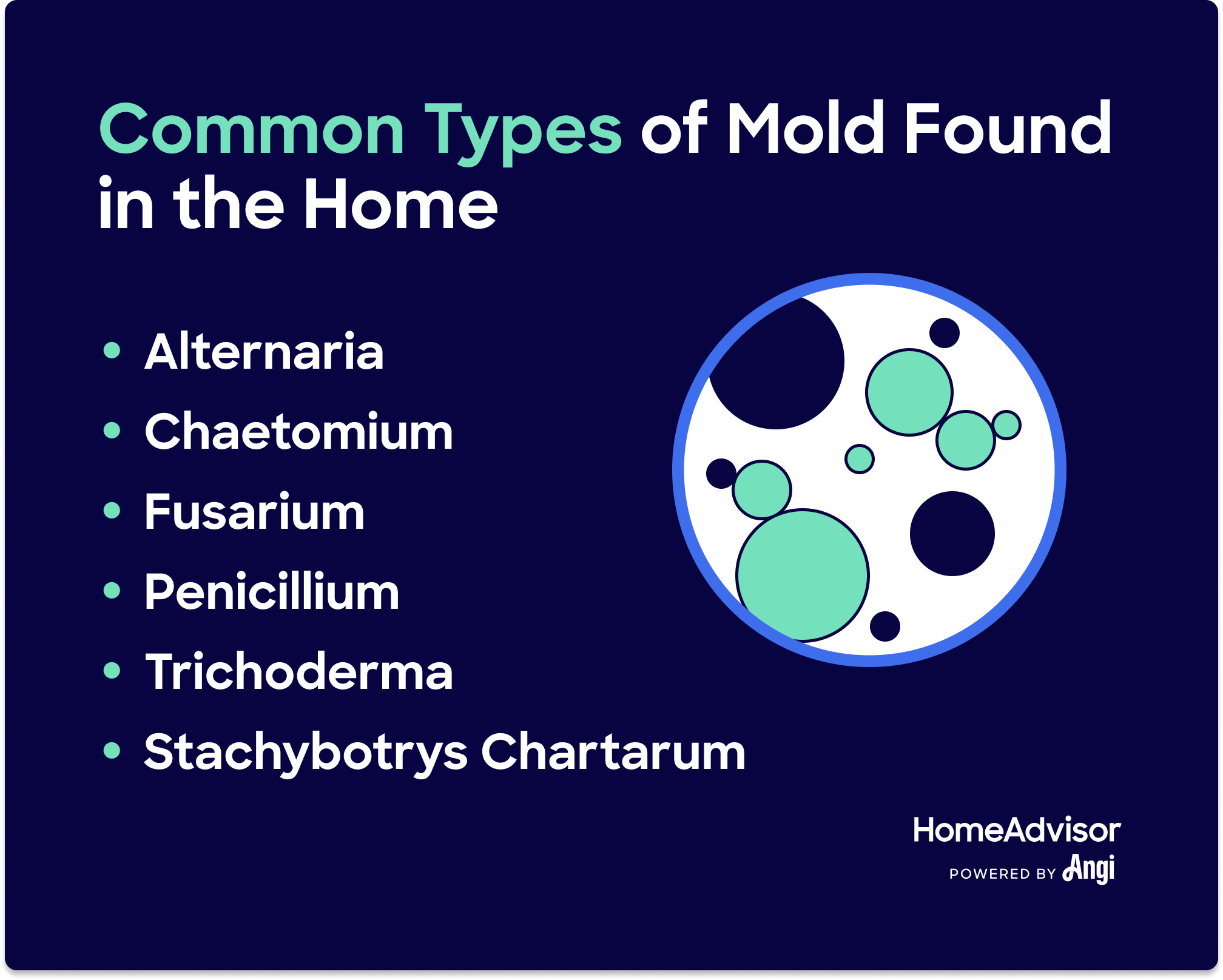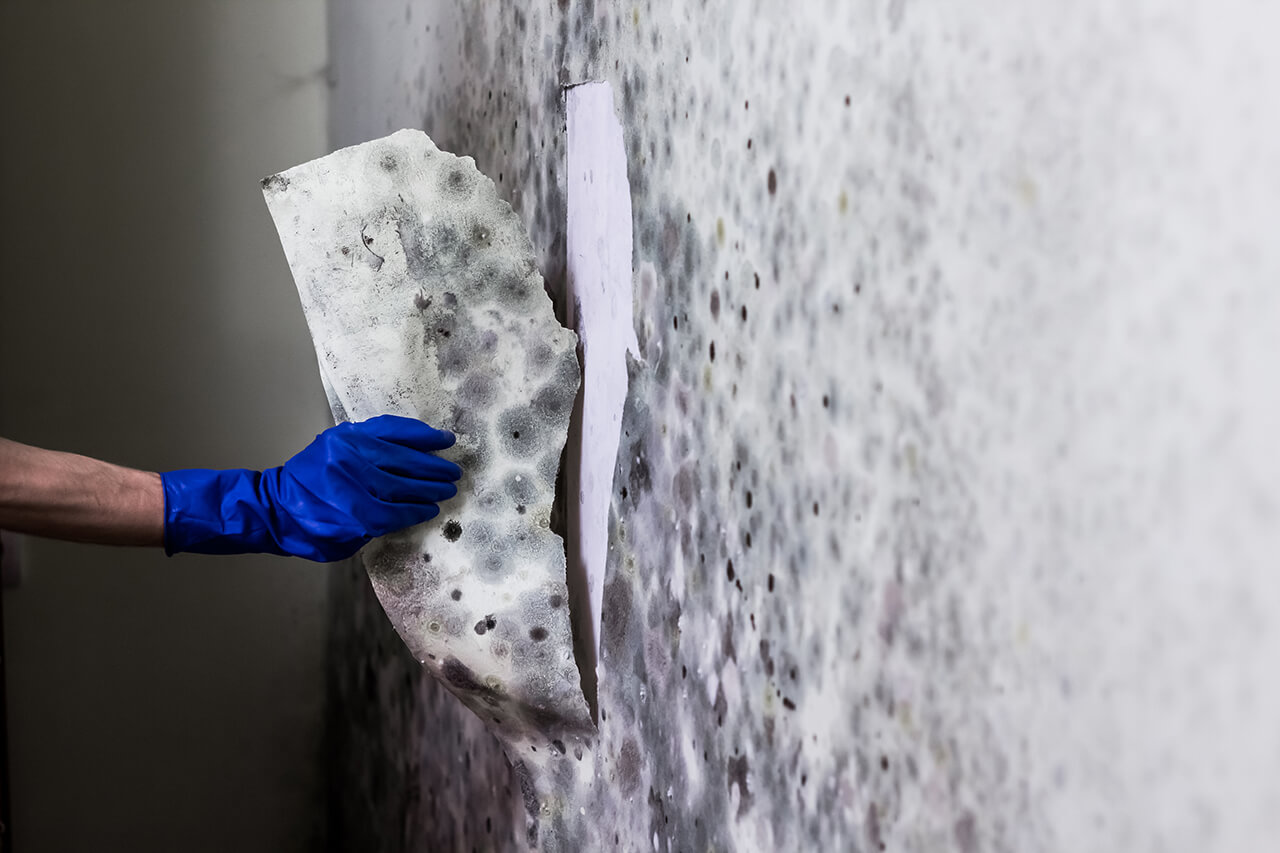How Much Does A Mold Inspection Cost?
Typical Range:
$302 - $1,044
Typical Range:
$302 - $1,044
Cost data is based on actual project costs as reported by 7,972 HomeAdvisor members. Embed this data
.
.
.
.
.
.
.
.
.
.
.
.
.
.
.
.
.
.
.
.
.
.
.
.
.
.
.
.
.
.
•
•
•
•
Updated November 1, 2022
Written by HomeAdvisor.Mold inspections cost between $302 and $1,044, with an average cost of $668. Small- to medium-size houses (under 4,000 square feet) will average about $300 to $400, whereas larger homes (4,000 square feet or more) can run anywhere from $700 to $1,000.
Mold inspections typically include:
A visual inspection for mold growth
Moisture mapping for hidden leaks
Surface sampling
Checking the HVAC system for mold
The price of a mold inspection varies depending on the home size, the inspector you're working with, the test they choose, and the number of samples taken. It’s worth noting that these prices usually only cover the inspection; samples and lab testing may cost extra.
Let's calculate cost data for you. Where are you located?
Where are you located?
| National Average | $668 |
| Typical Range | $302 - $1,044 |
| Low End - High End | $150 - $2,964 |
Cost data is based on actual project costs as reported by 7,972 HomeAdvisor members.
As you begin your research on mold inspections, you'll quickly find that flat rates aren't the norm. Several factors can affect your final cost, including your home size, location accessibility, and the mold type you're potentially dealing with.
Mold testing costs around $250 to $350. To conduct a test, inspectors will take air or surface samples in the home to find out if there's mold. Mold testing is necessary because it confirms the presence of mold in your home and identifies what type of mold is there and how many mold spores are in the air, which all make a difference when it's time for remediation.
Some mold inspectors may also do lab testing, which costs approximately $400 to $500. In this case, the inspector will gather several pieces of household material and physically take them to an independent lab for testing. Instead of examining swabs under a microscope, the lab can examine tangible items from inside your home.
Like most service-oriented jobs, you'll have to factor in the size of your home into the cost of your mold inspection. Mold inspection costs can range from $300 to $1,000. The more ground an inspector has to cover, the more you can expect to pay for the inspection.
Mold is usually visible, and in most cases, you'll see it if there's mold in your house. In some cases, however, it may take more work for the inspector to confirm their suspicions if the inspector suspects mold growth in an inaccessible space of your home. From removing drywall to uninstalling paneling to get a better look, hard-to-access spaces may cost at least $700 to inspect. Ultimately, the more your mold inspector has to do to complete the inspection, the higher the inspection cost.
The extent of the mold contamination can determine the overall project price, costing at least $700. Mold can be insidious, and the more the inspector has to define the issue accurately, the more you'll have to pay.
Inspecting all types of mold can range from $450 to $800. While all mold inside the home is unwanted, black mold is the most toxic, so much so that it’s considered a neurotoxin or a poison that attacks your nervous system. If your mold inspector suspects there’s black mold in the home, the cost of your inspection may be even higher because they’ll have to take more care and use protective equipment to conduct the assessment.
Other types of mold that may require testing and remediation include:
Alternaria
Aspergillus
Aureobasidium
Chaetomium
Cladosporium
Fusarium
Penicillium
Serpula lacrymans
Stachybotrys chartarum
Trichoderma
Ulocladium
Mold inspections cost around $300 on the low end to upwards of $1,000. Understandably, many homeowners and homebuyers are tempted to take the DIY approach to save money. But inspecting mold can be dangerous or easy to miss, and it's best left to a local mold inspector to get the job done correctly.
Should you want to try a home inspection kit, they can cost as little as $40. Keep in mind though that they're nowhere near as accurate or comprehensive as a professional mold inspector can be. In fact, according to Consumer Reports, they advise homeowners against using home mold test kits because they're unreliable. Moreover, homeowners should be aware that home test kits can only tell you if there's mold in the home, not how much is present or if those levels are too high.
If mold isn't identified and left untreated, it could end up causing structural damage to your home. Ultimately, the repairs will cost you far more than a mold inspection. Moreover, when mold spores become airborne, they can cause various health issues that are almost guaranteed to worsen over time. Mold can produce allergens that trigger allergic reactions, asthma attacks, and other serious respiratory problems. Some molds—like black mold—can even produce substances called mycotoxins, which can lead to severe illness and even death.
Mold testing and proper abatement are best left to professionals who have the know-how and the equipment to handle the problem. If you're buying an older home or suspect a mold infestation in your house, contact a mold inspector sooner rather than later.
If you suspect mold in your home, look for the following telltale signs of a problem.
Bathrooms, basements, closets, and other wet areas are popular hangouts for mold. It could be a sign of a more significant issue if you smell a musty odor coming from any of these spots.
Mold is usually visible. In some cases, mold will look white and fluffy or thread-like; in others, you might see clusters of small black spots. Remember that it can also be gray, green, orange, pink, or even purple.
Previous water damage and long-term exposure to moisture will lead to mold. If you see water stains or discolorations on walls or ceilings or if you notice bubbling or cracking paint, you could be dealing with water damage that’s well on its way to producing mold, if it hasn't done so already.
Remember that anywhere you have moisture, you're likely to have mold. Unfortunately, in the case of water leaks, the evidence of an issue isn't always where you can see it. Damaged floors, sagging ceilings, and strange noises in your plumbing are usually good indicators of a water leak.
If you're about to purchase a new home, identify any potential water leaks or pay attention to the home inspection report, which may identify the problem. If you know there's a water leak, your next step should undoubtedly be a mold inspection.
Any home with past flooding will almost always have mold issues. In this case, a mold inspection is crucial. The good news is that most states require past flooding to be disclosed early in the real estate transaction so buyers can make an informed decision.
Chronic mold exposure can lead to several health issues, including skin allergies, nasal congestion, persistent coughs, and an overall uptick in your allergy and asthma symptoms. Typically, asthma and allergy symptoms won't resolve on their own unless you mitigate the mold issue.
Mold inspections don't need to be done at predetermined intervals, and they're not part of annual home maintenance checklists. However, certain situations should prompt a mold inspection. We cover these in detail below.
Investing in a mold inspection is always a good idea when purchasing a new home. This is especially important if you're buying a used home, as a mold inspection will quickly reveal anything hidden.
Homeowners should also consider getting a mold inspection after any type of water damage to the home. This includes basement flooding, roof leaks, or broken pipes. If any area of your home gets wet and fails to dry out quickly, mold may be on the way.
If your home has sat unoccupied for months or years, you may want to schedule a mold inspection before moving back in. This is particularly important for homes in areas with high humidity, as humidity and mold growth often go hand in hand.
One of the most critical times to test for mold is after mold remediation, or the process of removing mold through a mold remediation pro near you. Mold remediation is typically quite expensive, so you want to ensure that the mold is completely gone.
If you notice mold growing in any part of your home, you might want to schedule a mold inspection to ensure that it hasn't spread to other areas of your home, potentially causing a far bigger issue down the line.
You can do a few things to prepare for a mold inspection. By taking the following steps, you can ensure an accurate and efficient mold inspection:
Stop all exterior ventilation: In the 24 to 48 hours preceding the examination, close all windows and keep doors closed. Your standard ventilation methods could affect the results of your samples and tests.
Turn off your HVAC system: Be sure to turn off your HVAC system two hours prior (at a minimum) to your inspection time.
Turn off any appliances that affect your indoor air: If you have air purifiers, air cleaners, whole-house humidifiers, or dehumidifiers, turn them off 24 to 48 hours before your inspection. These, too, can affect the results of your mold inspection.
Pause any cleaning and landscaping projects: Landscaping, vacuuming, dusting, and sweeping can all affect mold readings, so plan accordingly and skip those tasks in the 24 to 48 hours leading up to your inspection.
Clear away clutter: Remember that a home inspector will likely be looking into the nooks and crannies of your home where mold likes to live. Give them a hand and expedite the process by clearing away clutter under sinks in kitchens and bathrooms. Ensure pathways to closets, basements, and attics are clear as well.
Many mold inspection companies offer free phone consultations to determine if there's an actual need for their services. This usually takes a few minutes and typically involves answering a few questions. Unfortunately, companies that offer free mold inspections may be more likely to find a mold problem so they can charge you to fix the problem—even if you don't have any mold issues.
Mold inspections can be quite complex, including visual inspections, sample collection, testing, taking photos and notes, and preparation of reports. To ensure you get the most accurate result, hire a dedicated mold inspection company.
Typically, a basic mold inspection can take about two hours, while a detailed inspection with a suspected mold problem can take as long as six hours. The amount of time it takes to do a mold inspection and mold testing will vary from home to home, so you may want to block off an entire afternoon or morning to accommodate the inspector.
Homeowners can expect to pay anywhere between $1,300 and $3,150 for mold remediation, with an average cost of $2,300. The cost of mold remediation will vary depending on quite a few factors, such as how big the mold problem is, where the mold is located, and the type of mold.

